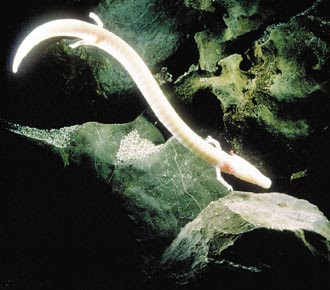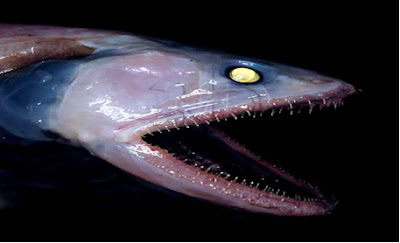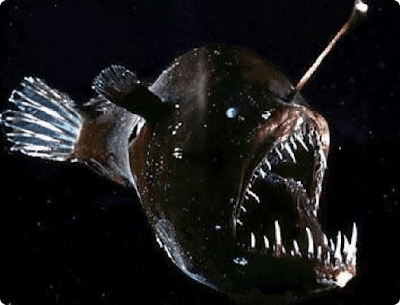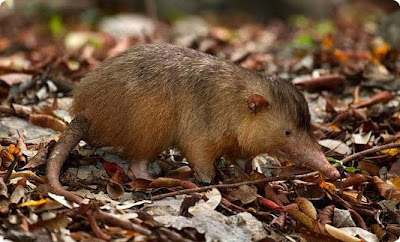
It's the member of proteidae family. This strange amphibian is blind, and Large, flat head with rounded snout. They are totally aquatic species that can live without food for up to 10 years and live to an age of 58 or additional. It eats small aquatic invertebrates, mostly crustaceans. It lives in Slovenia, Bosnia and Herzegovina and Croatia and Adriatic coast from northern Italy to Montenegro (former Yugoslavia). Unlike most amphibians, the olm lives in the water for its entire life. Another oddity of this amphibian is its neotenic (larval) gills. It grows 8-11 in (or) 20-28 cm.


